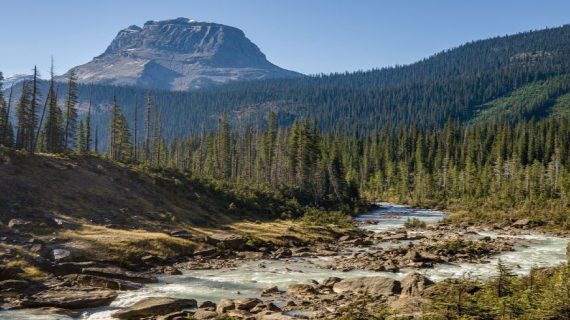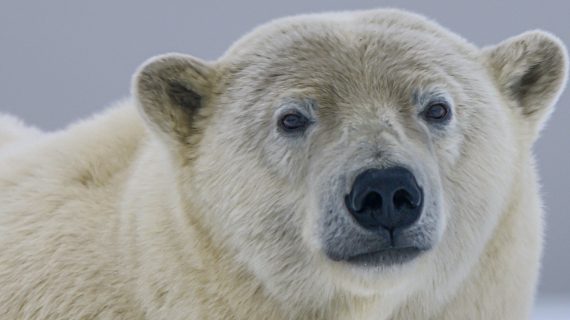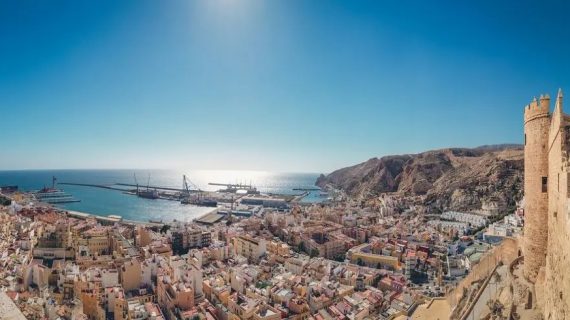A mix of landscapes among a wide range of ecosystems and animal species: welcome to the Doñana National Park. In 1980 UNESCO declared it Biosphere Reserve and is one of the best preserved and most attractive natural spaces in all of Andalusia. Unique in Europe.
It is located in the province of Huelva, on the border between Cadiz and Sevilla, on the right bank of the Guadalquivir’s mouth. A location which offers an infinite number of activities, from birdwatching to adventure sports.
The history
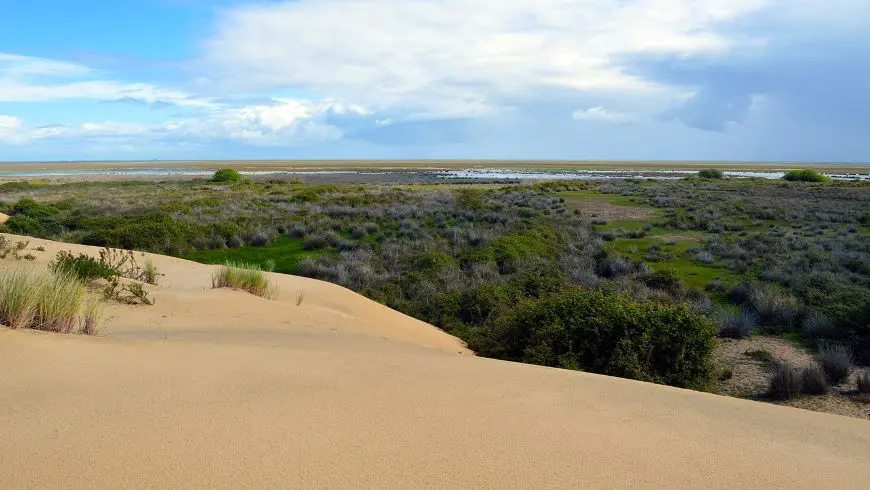
Its particular name comes from Doña Ana, wife of the VII Duke of Medina Sidonia, who lived in the reserve. The National Park extends for 543 square kilometres (135 of them are protected areas) and it was established in 1969, with a decree law. It became a protected area, and they decided to expand it about 10 years later. In 1994, it was declared a World Heritage Site by UNESCO and in 2005 a wetland of international significance.
Access to the park is controlled in order to avoid environmental damage.
What to See in the Doñana National Park

The peculiarities of Doñana, along with the dynamism of the environment, are its natural resources, the Mediterranean climate with an Atlantic influence, as it is located between two continents, and its immense productivity.
In this Park, you can come across any kind of scenery: coast, pine forests, shifting sand dunes, breathtaking beaches, marshes, woods, forests, plains, and lagoons. Moreover, it is a protected natural area that acts as a refuge, transit, and nesting place for more than 350 migratory birds, as well as a garrison for some at risk of extinction.
“Its proximity to Africa is among the main causes of the richness and variety of bird species. Birds with large wingspans, such as eagles and kites, cannot fly long distances over water: for this reason, they cross the Mediterranean at three points (the Dardanelles, Gibraltar and Tarifa) where the continents are closer. In preparation for the journey to West Africa, the Doñana marshes are a comfortable and essential place to rest and hunt”.
From “Wild Spain: a traveller’s and Naturalist’s Guide” by Frederic V. Grunfeld
Among the other animal species, we point out aquatic and migratory birds, not to forget the Iberian lynx, the emblem of Doñana. Then the deer, fallow deer, coypu, wild boars, foxes, storks, flamingos, the imperial eagle, and the griffon.
Whereas among the important flora, we mention: savin, stone pine, patches of grass and shrubs, Salicornia, heather, strawberry tree, cork oaks, rosemary, mastic, thorny broom, and sorghum.
Principal activities in the Doñana National Park
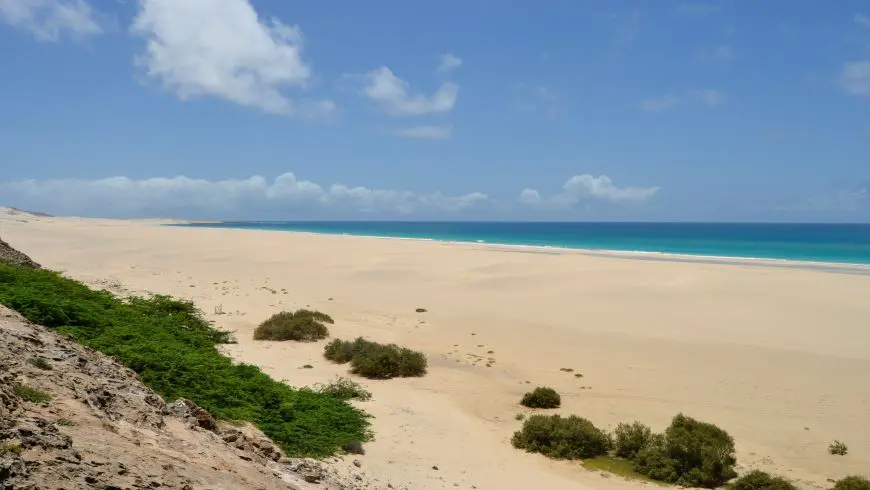
The particular territory of the Doñana National Park lends itself perfectly to birdwatching, thanks to the important and rich birdlife it hosts. Furthermore, you can discover all the other animals that inhabit it.
You can immerse yourself on horseback in the dunes, to appreciate every detail of the scenery, including the pine forest and the beaches.
Otherwise, you can use your bike: thanks to a dense network of cycle paths that allow you to discover the ecosystems of the area. On the saddle of a mountain bike, you can do fun and educational physical activity.
Not to mention the aquatic sports. The Park is entirely accessible by kayak, along the gentle waters of the Guadiamar River. To navigate easily among the most varied vegetation, many animals, and their sounds. In addition, you can swim and dive in one of the beautiful virgin beaches, from where you can also enjoy an unforgettable sunset.
You can explore the park independently on foot, apart from the protected area, through various paths and excursions, or with organized tours.
Inside the Park is located the hamlet of El Rocio, an important destination for devout Andalusian Christians. The pilgrimage is a particular event because it takes place on carriages, pulled by off-road vehicles or tractors, where people celebrate by drinking wine and dancing flamenco.
A marvellous environmental balance with different and amazing scenarios, to please everyone. Colours and landscapes blend together, like the never-ending play of the animals. Various aspects change based on the season, but they are always wonderful in their uniqueness.
The beautiful Doñana National Park is like a fairy tale, the perfect solution for an eco-friendly, rich, surprising, funny, educational, and dynamic holiday.

 Cabaňa de Valdevaqueros – Green Farm house in Tarifa, Cádiz, Andalucía, ES
Cabaňa de Valdevaqueros – Green Farm house in Tarifa, Cádiz, Andalucía, ES 
